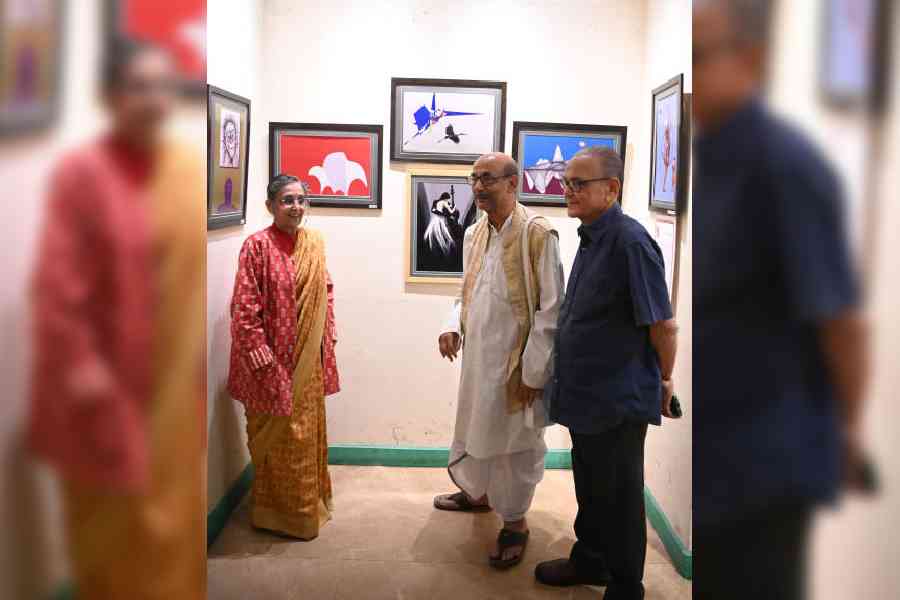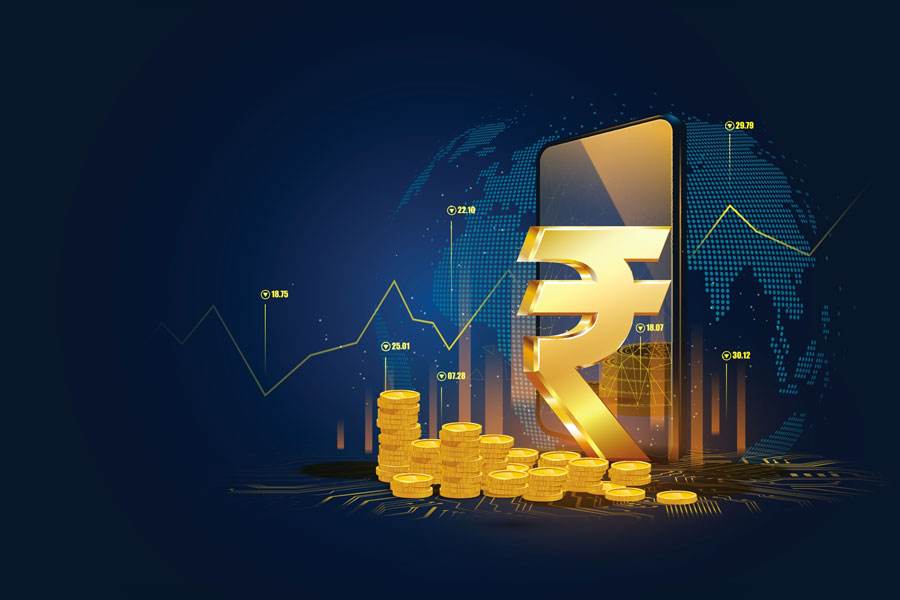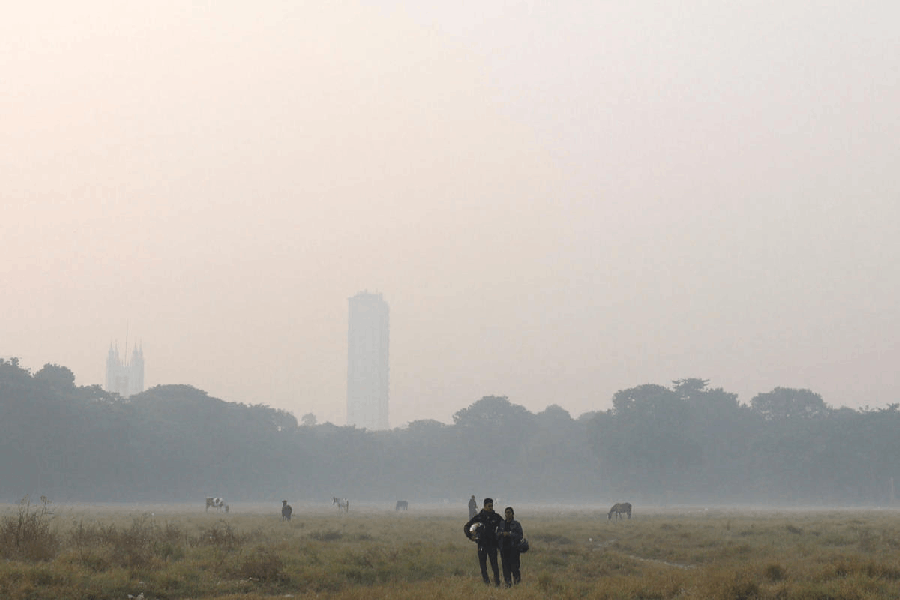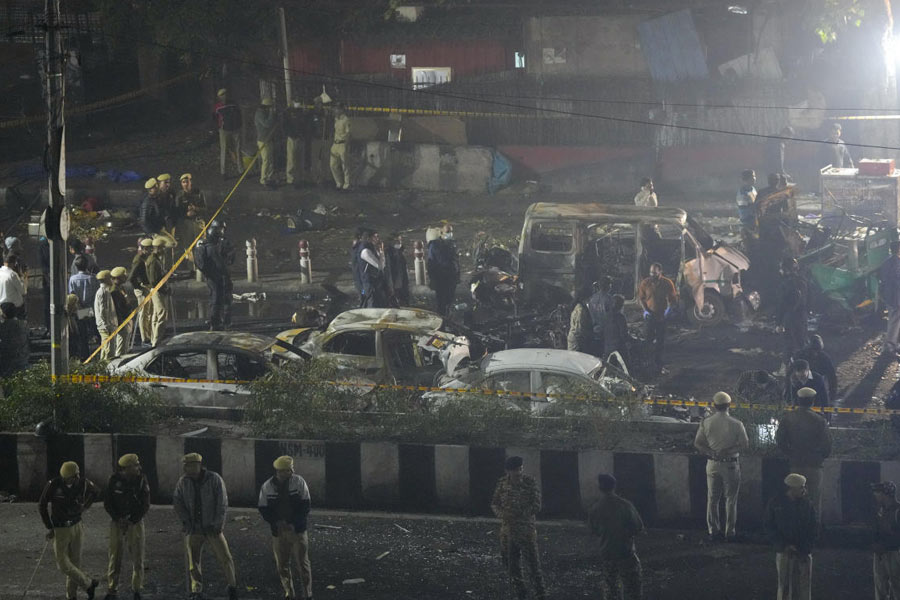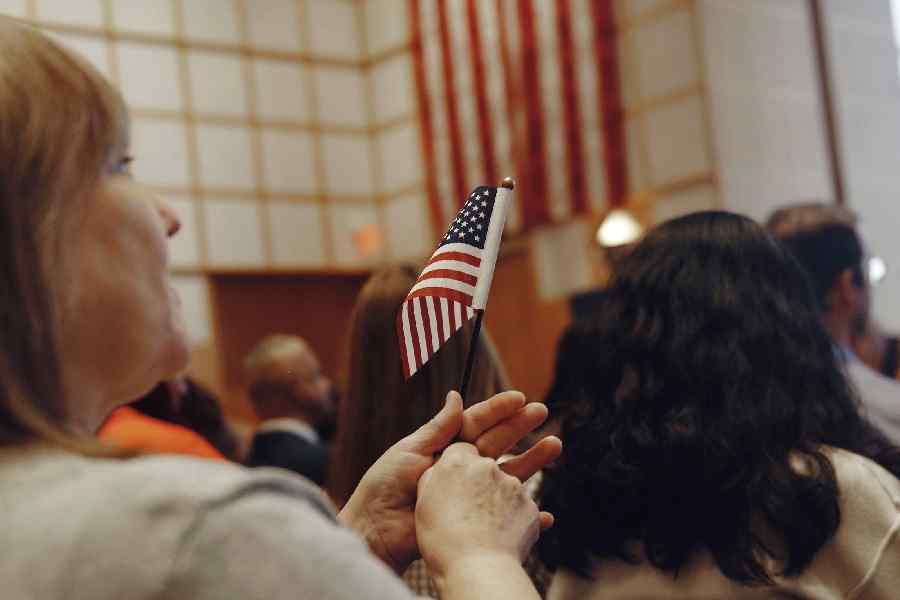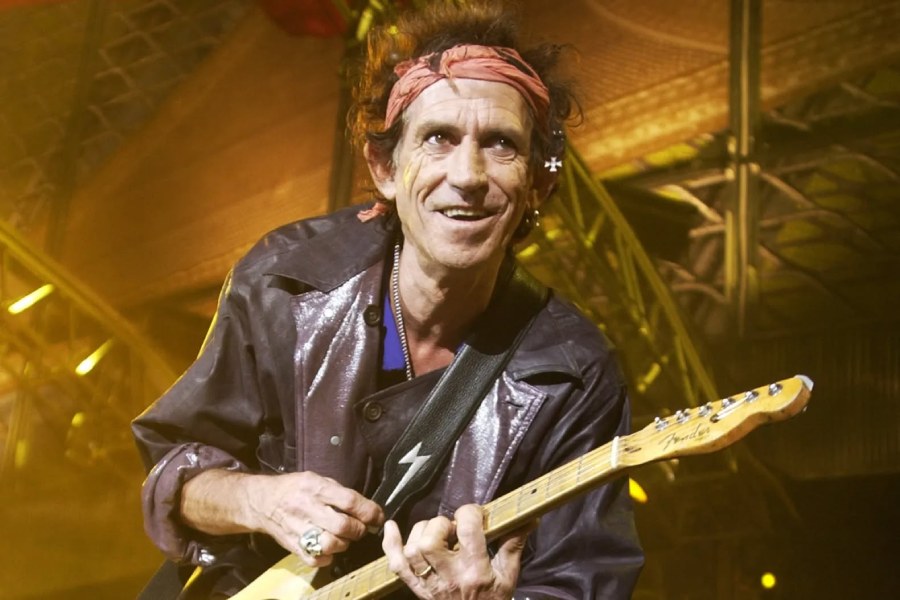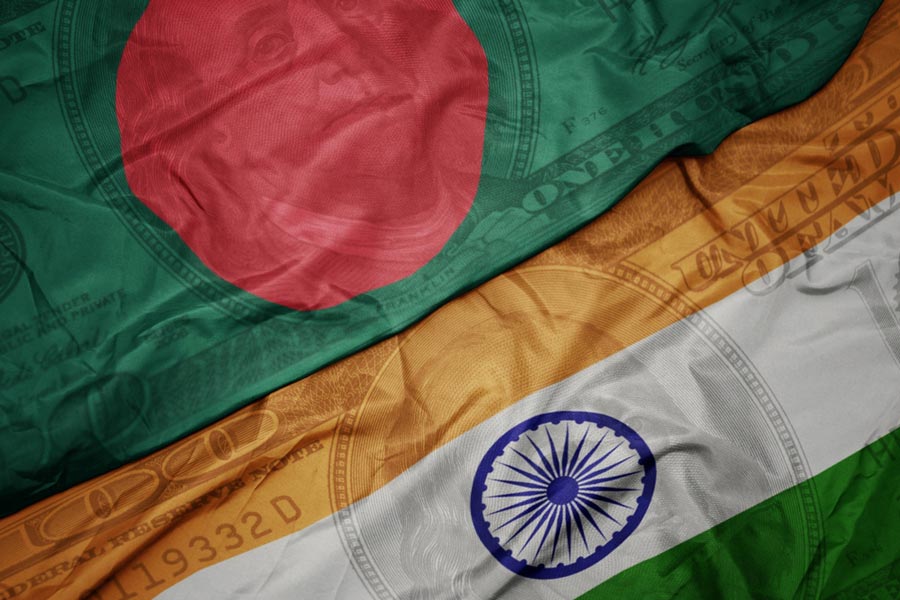The first photograph, taken in 1826 by Joseph Niépce, had taken about eight hours to develop. Today, approximately 61,400 photographs are uploaded to social media platforms every second globally.
Biswatosh Sengupta shared these mind-boggling statistics at the opening of an exhibition at Binodini Theatre.
The 82-year-old was one of 10 veteran photographers to whom the Photography Club of India was paying tributes with a display of their works.
“Today you can produce pictures without knowing the ABC of photography, thanks to mobile phones. And with the advent of AI, it is possible to produce pictures without a camera in hand,” he said.
Things were a lot different when these seasoned photographers had picked up the camera. Mala Mukherjee, the only woman among the 10, started with her father’s Mamiya-6, a folding camera of Japanese make. “A film had 12 exposures. The challenge was to ensure all 12 would come out right.”
Later, her father purchased a Laica for ₹40 from departing American soldiers during World War II. “That had 36 exposures. I would try to extract up to 38 shots from it,” she said.
Washing the film would be so expensive that a contact sheet would first be brought out with 12 thumbnail pictures. “We would enlarge only two or three best shots,” she recalled.
She would later buy an enlarger and start printing black and white films at home — in the bathroom. But colour prints did not come out well. “Other than Kodak, there was no quality bromide paper in those days. Kodak Chrome would send pictures abroad to be washed,” she recalled.
Later, Mukherjee would travel to London to learn colour printing. “The biggest lesson was how vital temperature control was for colour printing,” she said.
Using this knowledge, she would innovate when invited to Dhaka to take a printing workshop. “Under the tray in which I was developing the film, I kept a bigger tray with hot water. I could regulate its temperature by adding hot or cold water,” Mukherjee said.
Sengupta had a set-up ready at hand. “My elder brother was the secretary of the Photographic Association of Dum Dum, which had our cousin, the legendary lensman Benu Sen, as president,” he said. Sen was the third man globally to receive the Master of Photography (MFIAP) degree from the Federation Internationale de l’Art Photographique, the apex body of photography.
“I used to shake the dish of solutions to develop prints at the studio,” he said.
Despite their starts in the era of film rolls, these photographers have embraced the digital revolution. Mukherjee, who has made nine shooting trips to China alone, started with a Nikon Coolpix and bought a D100 later with trepidation. “I was worried if I could
manage.” She never buys an expensive digital camera.
“The camera can’t change my gaze,” said the 78-year-old, who leaves home with a Laica in her bag.
Sengupta, a retired biostatistics teacher at Calcutta University, is set to hold an exhibition on AI-generated photographs in April. “AI photography is not for salons, nor can one claim a copyright on an AI image,” he pointed out.
At Binodini Theatre, his exhibits were what he calls mathematical photography.
“I fuse mathematically generated shapes with actual photographs,” he said. Can anybody become a photographer now? “You still need a sense of composition, proportion and light. Above all, you cannot be a photographer by shirking,” he signed off.

